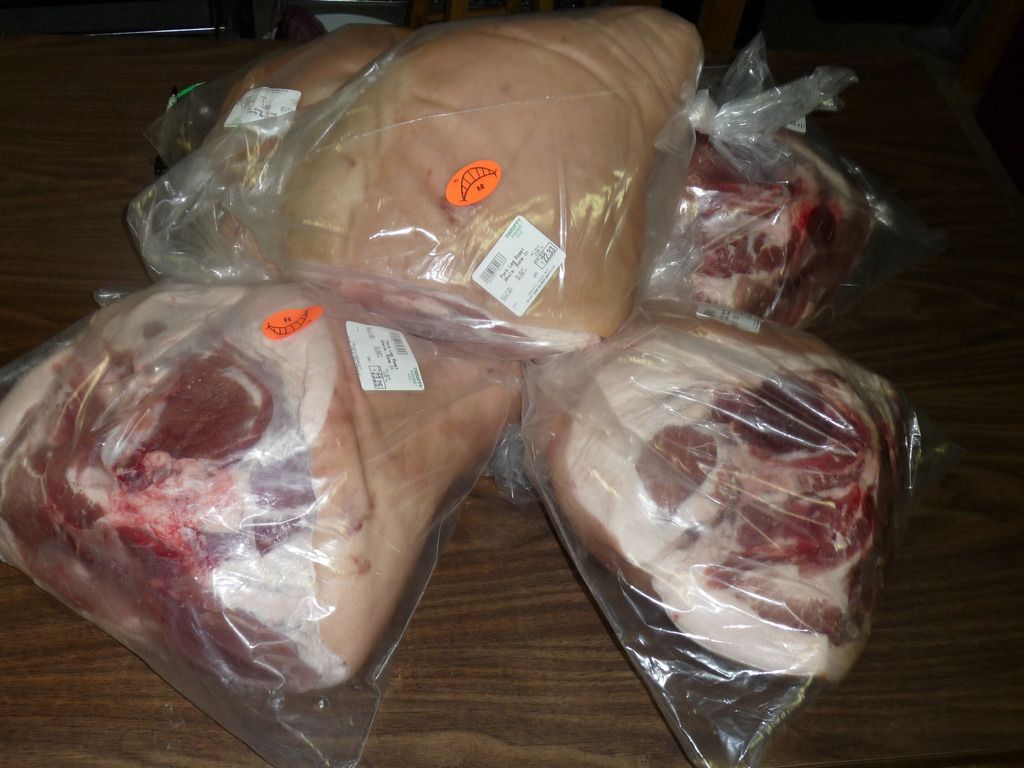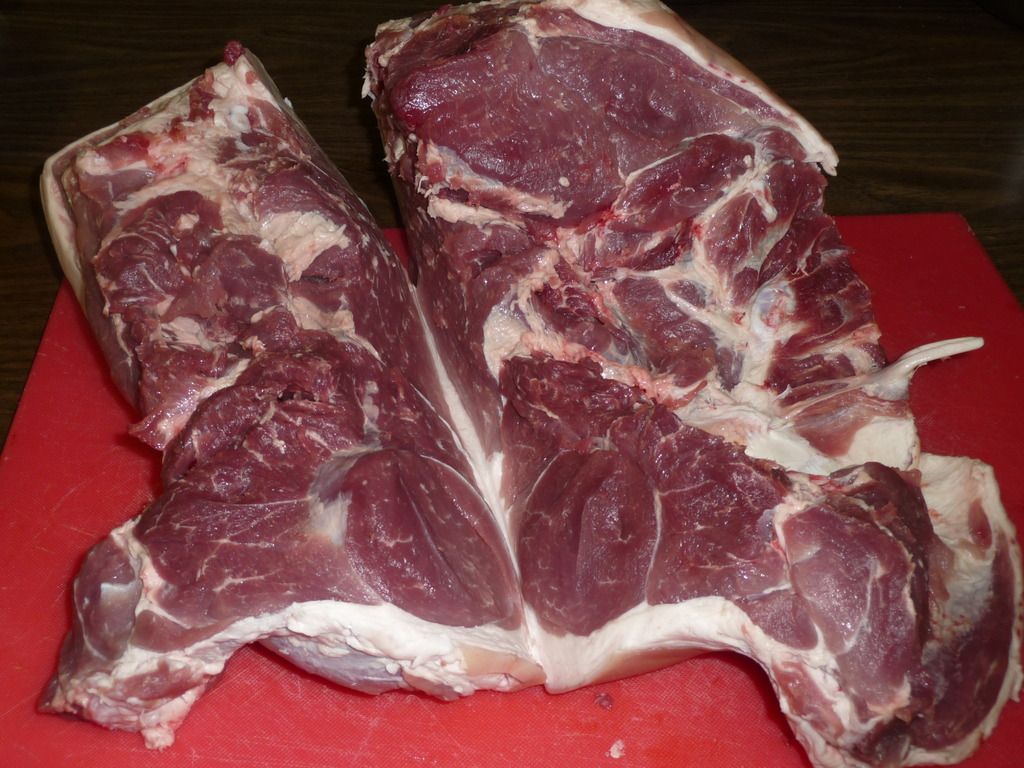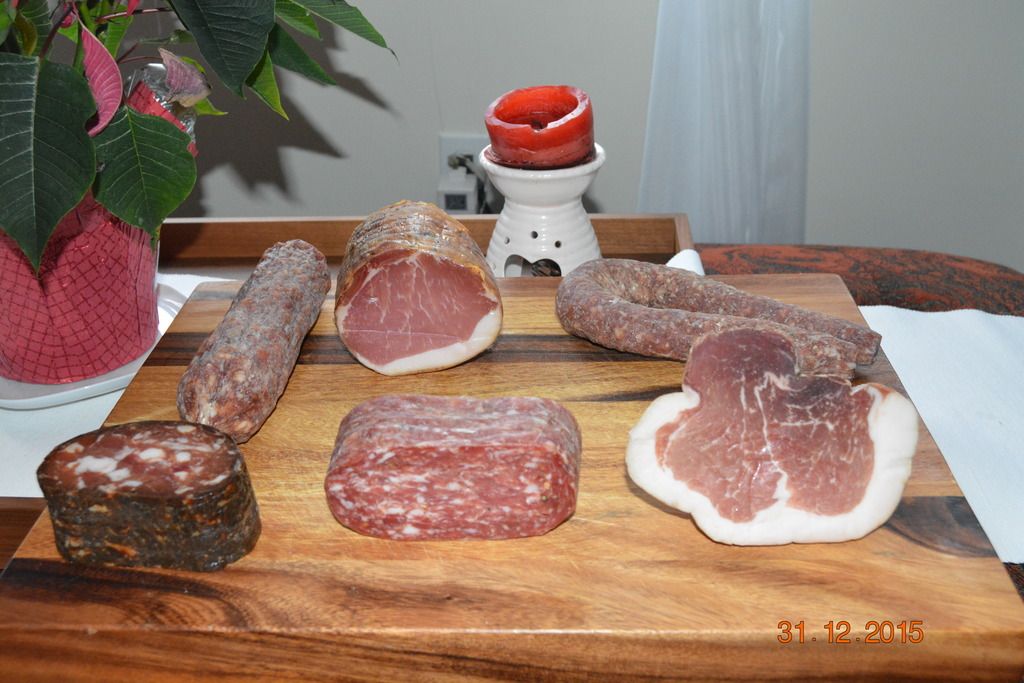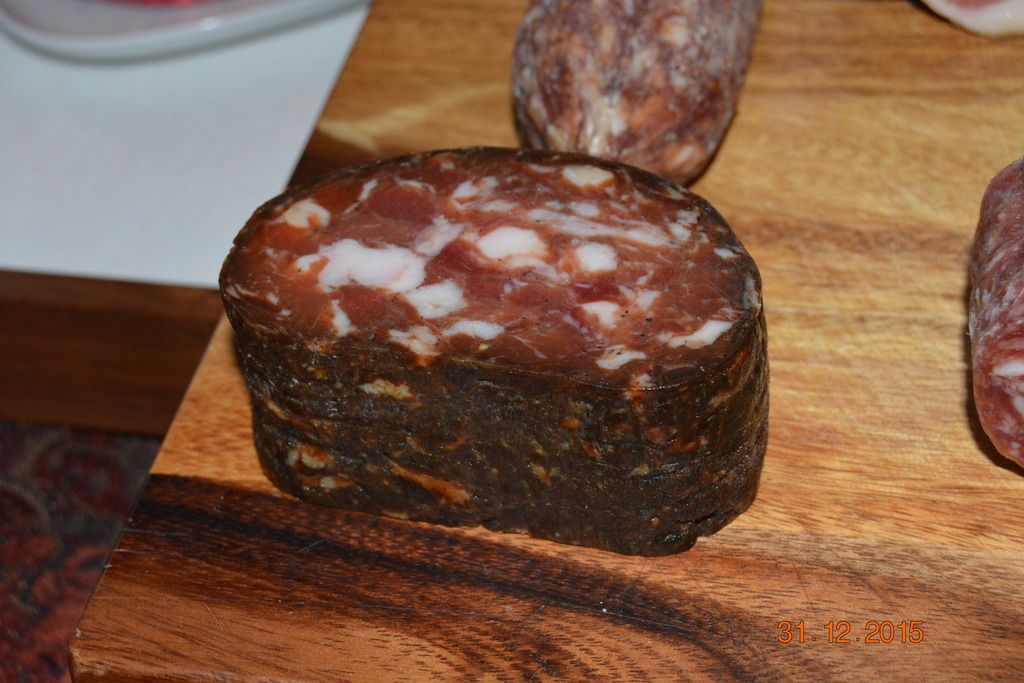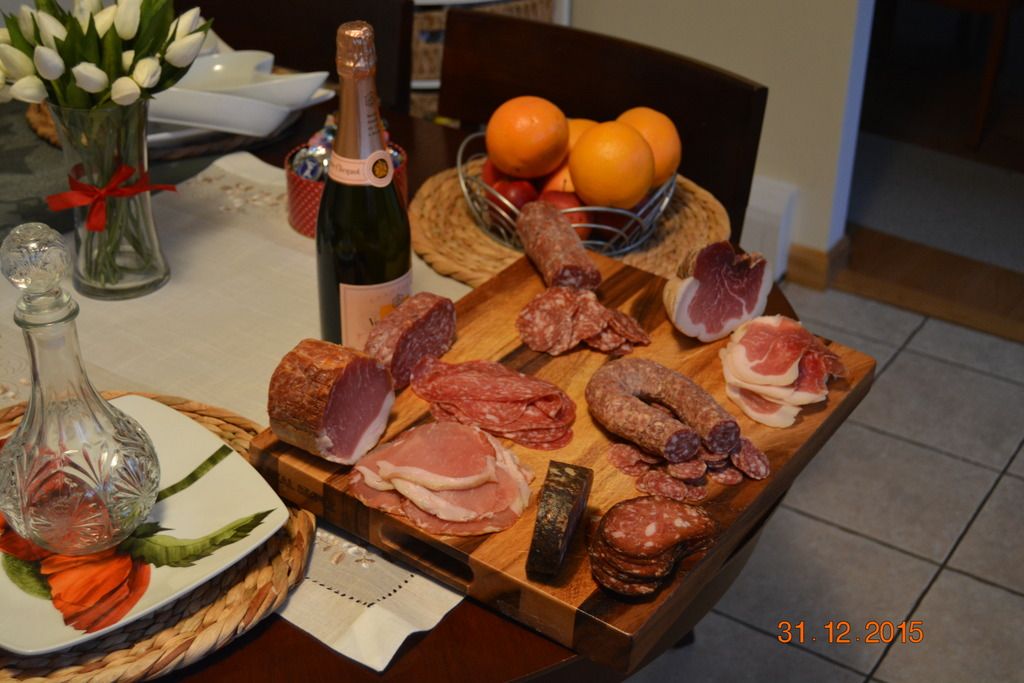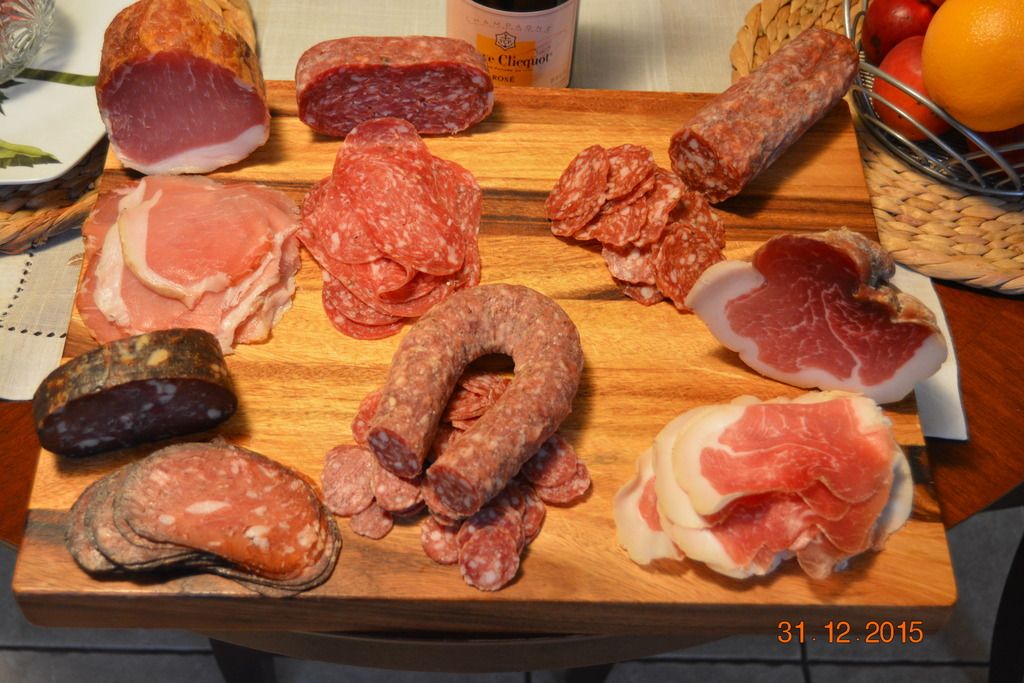Post
by redzed » Mon Feb 01, 2016 18:53
Here is an interesting article published today in Meating Place reminding us about using natural antimicrobials. This is something to seriously consider when we make dry cured products. Adding herbs and spices such as basil, chile peppers (capsicum) cinnamon, clove, coriander, cumin, fennel, oregano, peppers and thyme, will add another level of safety to your salami.
Nature`s antimicrobials Part 1: spices, herbs and oils
James Marsden
(The views and opinions expressed in this blog are strictly those of the author.)
The increased demand for clean labels is driving the food industry to consider natural alternatives to chemical preservatives. The concern about chemical ingredients is not always rational or science based, but it`s real and something that must be addressed.
Fortunately, in many cases natural antimicrobial products are available for use as food ingredients and for controlling pathogens in food processing environments. Natural ingredients like lemon juice, vinegar, sage, garlic, onion, mustard and rosemary are already in wide use. Antimicrobials derived from lemon juice and vinegar are often used to control the outgrowth of Listeria monocytogenes in RTE processed meat products.
One of the most effective natural antimicrobials is vinegar. The first record of the use of vinegar for food preservation dates back to 5000 BC when the Babylonians used the fruit of the date palm to make wine and vinegar which was used as a preservative or pickling agent.
A good way to evaluate the antimicrobial properties of vinegar at home is to wrap cheese in a paper towel and treat with a little vinegar. Then place the cheese back into the original package. You`ll observe that the cheese has an extended shelf life and doesn`t mold.
The essential oils of citrus fruit are also effective antimicrobials. Viuda-Martos et al. (2008) reported on the antimicrobial activity of essential oils derived from lemon, mandarin, grapefruit and orange.
They found that they can be used as growth inhibitors for some bacteria commonly related to food spoilage. The researchers concluded that citrus essential oils "could be used as natural antimicrobials and represent a useful alternative for the food industry to reduce the quantity of synthetic additives".
Other herbs and plants that have antimicrobial properties include basil, chile peppers (capsicum) cinnamon, clove, coriander, cumin, fennel, oregano, peppers and thyme.
Several years ago, I spoke to late New Orleans chef Paul Prudhomme about spices and food safety. He had established a company called "Magic Seasoning Blends" that manufactured dry spices, rubs and marinades. He was convinced that his products not only enhanced the flavor of foods, but also killed harmful bacteria. Scientific studies on the antimicrobial properties of chile peppers (Capsicum), spices and herbs and essential oils of cinnamon, clove and lime support his belief.
A retired faculty member at Kansas State University - Dr. Daniel Fung was born in Hong Kong and as a boy heard stories about workers in a cinnamon factory there who were unaffected by the pandemic. Dr. Fung believed that cinnamon and other spices and oils used to prepare food in China reduced the severity of the influenza virus. Subsequent research has shown the mortality rate associated with the pandemic was far less in China that it was in the US and Europe. Dr. Fung spent much of his career studying the antimicrobial properties of natural spices, herbs and oils.
There`s much to be learned about natural antimicrobials and their applications in food products. I believe they will play an increasing role in controlling Listeria and other foodborne pathogens in RTE meat and poultry products.
In my next blog, I`ll discuss natural antimicrobial compounds derived from animals and microorganisms.
2/1/2016

